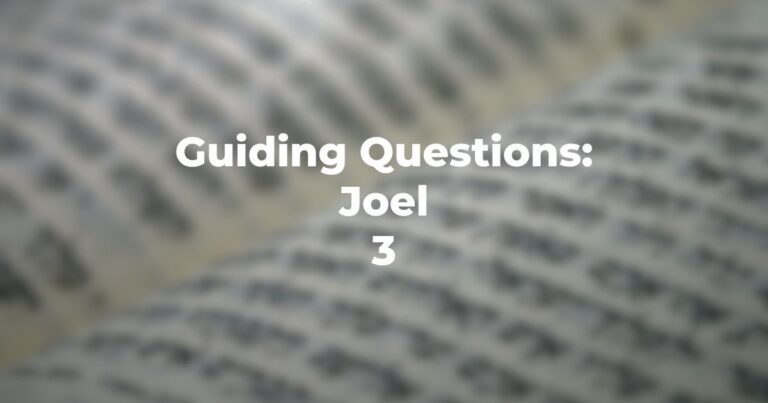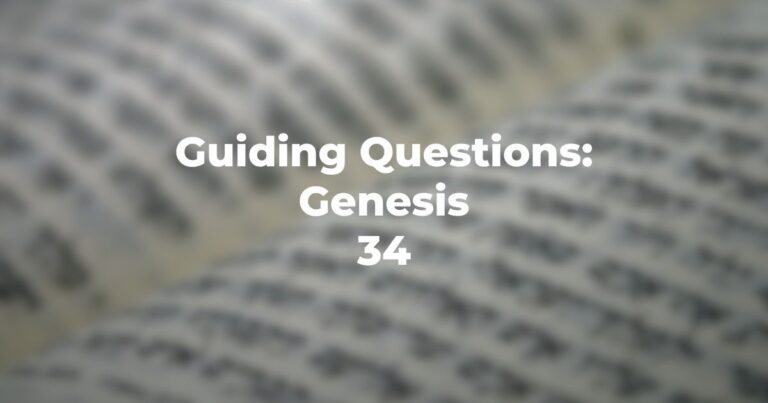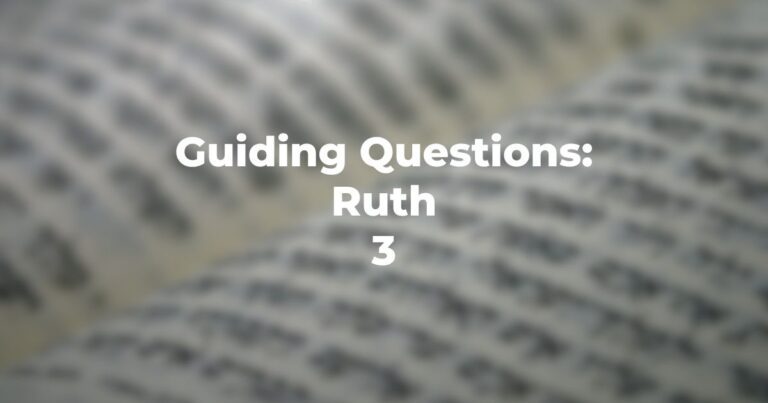- In Judges 3:9 there is a reference to a known personality — how would this “relationship” explain the selection of Atni-eyl?
- What does the name Atni-eyl seemto imply?
- The text will frequently make reference to “ruah Adonai”; what is this “ruah”? Is it “spirit”? Is it something other? And, is it definable in absolute terms?
- A rather persistent reference is to “forty years” (Judges 3:11). Does this mean precisely forty years or does it have to do with “one generation”” And, does the number forty surface in text at earlier and later intervals?
- Judges 3:13 makes reference to Amalek. Had not this particular group been previously “eliminated”?
- Is Ir Hatemarim Jericho?
- Judges 3:15 is another attestation to the point of view of TorahRefers to the first five books of the Hebrew Bible, the Tanakh, also called the Five Books of Moses, Pentateuch or the Hebrew equivalent, Humash. This is also called the Written Torah. The term may also refer to teachings that expound on Jewish tradition. Read more (be it in the Five Books or be it in the balance of TanakhAn acronym for the name of the Hebrew Bible: Torah, Neviim, and Ketuvim. Read more) that physiological perfection in leadership was not at all necessary as far as the Israelite was concerned. What particular phrase in verse 15 attests to this?
- In Judges 3:17 reference is made to Eglon as one who was “Bari Meod.” Bari in our day (and in modern Hebrew) means “healthy.” What did it mean in the time when this particular passage was written?
- Why would a “minha” have been brought to Eglon?
- In Judges 3:19-21 what is the position of the author as to the destruction of a despot (or, for that matter, an enemy) by means that, in other contexts, might appear to be “questionable”?
- As to the social norms of the day, what do Judges 3:24-25 indicate about the relationship between servitors and their monarch or, for that matter, between one who had a position of authority and those who served him/her?
- Judges 3:27 indicates that Eyhod rallied the Israelites following the killing of the Moabite ruler. Why could not the same rallying have taken place prior to the death?
- And, according to Judges 3:30, there was “peace in the land” for how many generations?
- Judges 3:31 makes reference to the next “judge” — Shamgar ben Anat. Why is there but one verse relating to him” And, is Anat the name of a place or the name of “something other” — and if, indeed, “something other” how does this refer to the observation of Moses at the Golden Calf incident (Shmot 32:17-19) when he observes that “kol anot (or Anat) anokhi shomeya”?
Author
-

Exploring Judaism is the digital home for Conservative/Masorti Judaism, embracing the beauty and complexity of Judaism, and our personal search for meaning, learning, and connecting. Our goal is to create content based on three core framing: Meaning-Making (Why?), Practical Living (How?), and Explainers (What?).
View all posts




